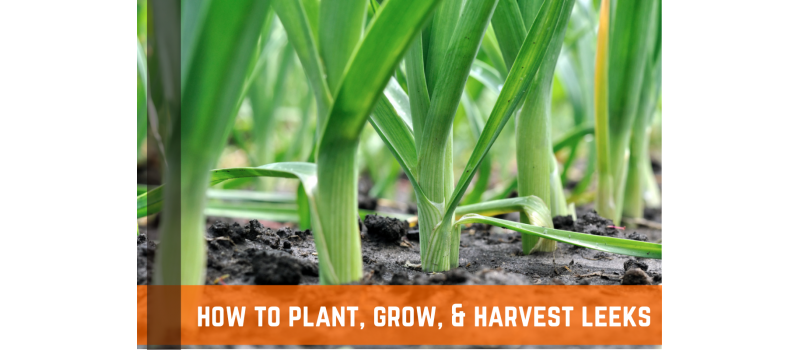Leeks are related to chives, shallots, onions, and garlic. Long, narrow, flat, blue-green leaves with a cylinder-shaped white shaft at the base are produced in bundles by these plants. They have a bigger profile than green onions but a comparable appearance.
Leeks should be planted in the early spring because of their sluggish to moderate growth rate. In some places, they can also be planted in the fall. However, you should use caution when planting them because some of its chemical constituents are poisonous to animals.
If you've never tasted leeks, they are a milder variety of onion with a sweeter flavor. Leeks can be used in place of onions in recipes and, unlike onions, can be sliced and frozen for use later on in the year when you run out of your own onions.
If you choose the proper blend of cultivars, leeks can be gathered over an extended period of time. Early-season leek varieties will be ready in time for the fall, whilst mid- and late-season leeks can be picked throughout the winter and into the next spring.
The optimal conditions for leek growth are organically rich soil and a bright, open location. Plants need room between them to allow for proper airflow. Read on to learn all about how to grow leeks!
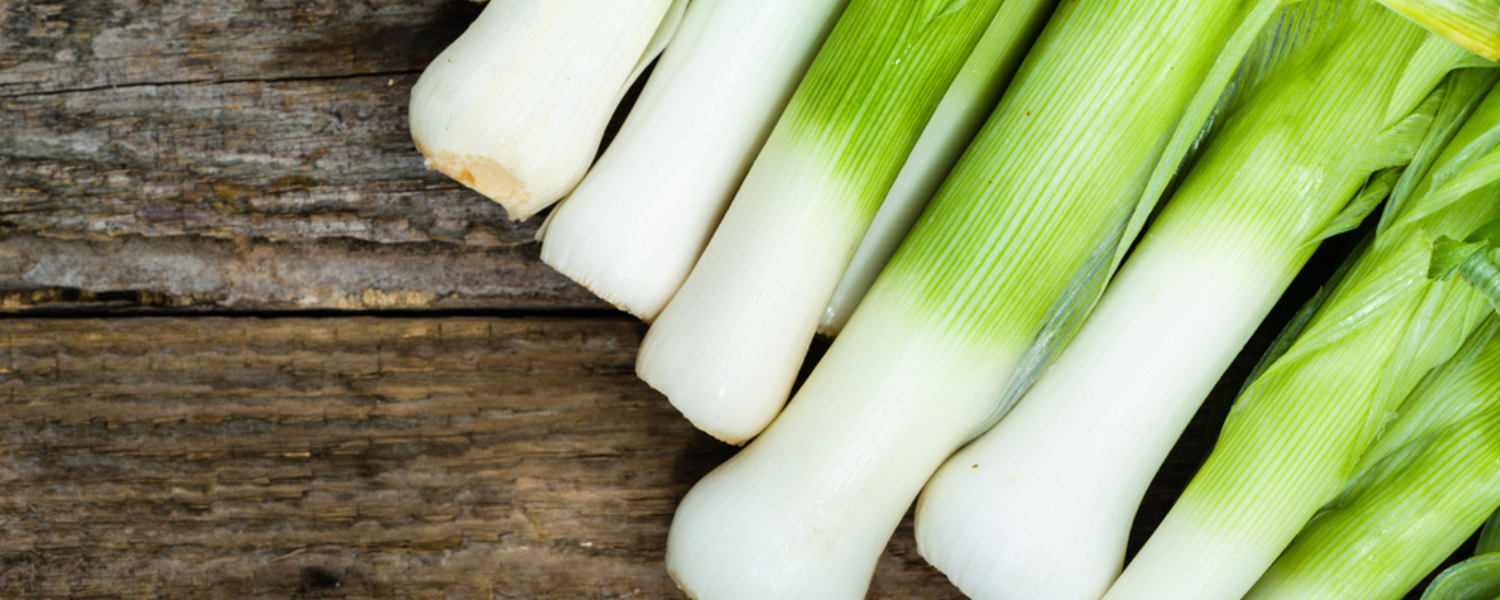
Growing Conditions For Leeks
Light & Temperature
A lot of sunlight is preferred by leeks. On most days, they should receive at least six hours of direct sunlight. Weak growth can be the result of inadequate sunlight. When growing leeks, temperature is not particularly important.
Although they have a considerable amount of cold tolerance, it is preferable to plant them in the spring after the temperature is above 45 degrees Fahrenheit. Additionally, they thrive in environments that are between 55 and 75 degrees Fahrenheit. As long as you keep adequate soil moisture and have excellent air flow around the plants, humidity normally isn't a problem.
Water
Leeks have shallow root systems and require frequent watering (about an inch every week) to flourish. Most situations only require a weekly deep watering. However, you might need to increase your watering if you are in a warm region or have been having particularly hot weather.
Soil
When choosing a soil for leeks, it is important to choose one that is loose and well-drained. Soil that is too compacted will cause the leeks to produce thin, spindly roots. Leeks also prefer soil with a high organic matter content.
This can be achieved by adding compost or manure to the soil before planting. Well-prepared soil will help to ensure that leeks grow to their full potential and produce tasty, tender plants.
Nutrients & Fertilizer
Leeks are not voracious eaters. However, because they take a while to mature, it is crucial to provide them with nutrient-rich soil throughout their growth. Composted manure or an organic high-nitrogen fertilizer can be used as a fertilizer. Follow the directions on the product packaging for how much to use.

How Long Do Leeks Take To Grow?
Leeks are a cool-weather crop, so they are typically planted in the spring. However, in warmer climates, they can also be planted in the fall. Depending on the variety, leeks can take anywhere from 50-70 days to mature. When they are ready to harvest, the leeks should be about 12 inches long and 1-2 inches across.
How To Grow Leeks From Seed
Leeks are easy to grow and require very little maintenance. They can be started from seed, transplanted from another garden, or purchased as young plants from a nursery. When planting leeks, it is important to choose a sunny spot in the garden with well-drained soil. Follow these steps to plant your own leeks:
- Begin planting your leeks indoors about eight weeks before the average last date for frost in your region.
- Place wet potting mix in a seed tray or container and make a shallow indentation in the middle of each individual compartment.
- Place two to three seeds in each depression, and then cover with a thin coating of potting mix. Water the seedlings thoroughly.
- Give the seeds a light misting of water and set the container or tray in a warm, bright spot.
- When the seedlings are about 2 inches tall, keep the potting mix damp but not wet, and thin them out so that there is only one plant in each cell.
- When the seedlings have reached a height of 4-6 inches, you should transplant them into separate pots. After this, you should harden them off for a week or two before planting them outside.
- Find a spot in your garden that gets plenty of sunlight and has soil that drains well. Dig holes that are twice as wide as the roots of the seedlings you will be planting.
- Place the seedlings in the ground so that the tops of their roots are at the same level as the surface of the soil, and then give them plenty of water.
Leeks are easy to grow and make a great addition to any garden. With just a little bit of care, you can have healthy leeks that will last for years. Give them a try today and see how much fun they are to grow!
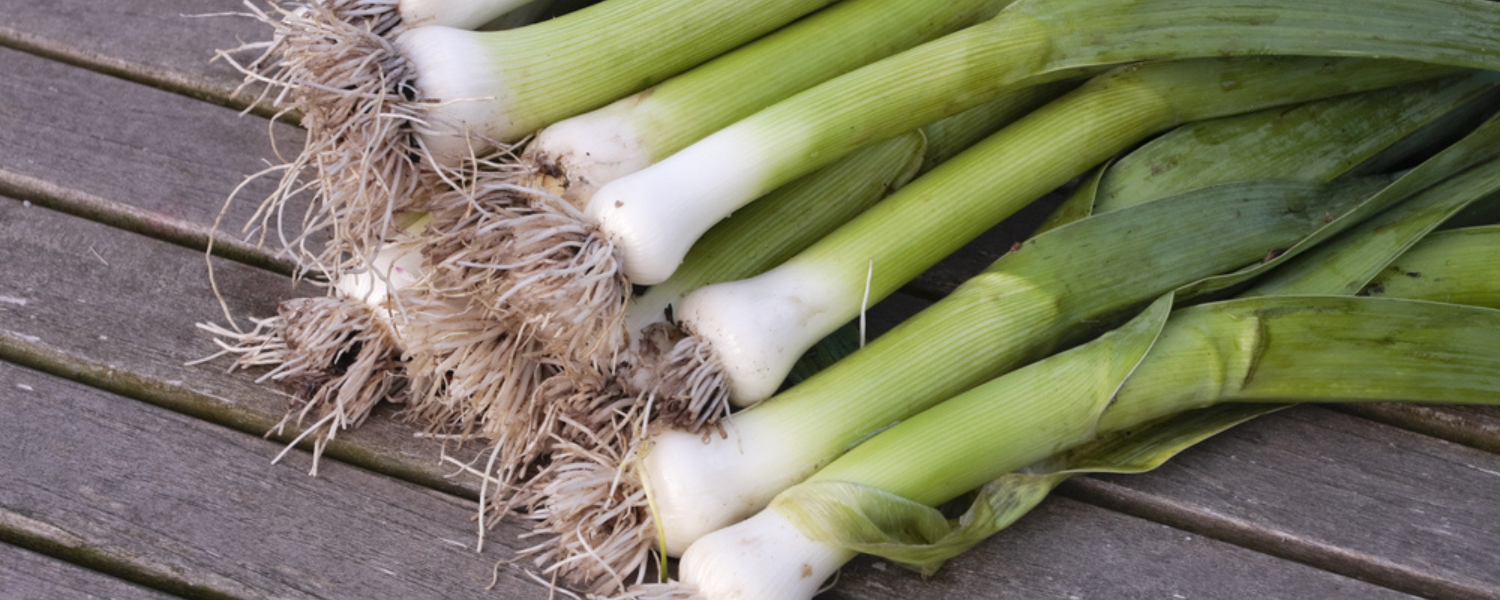
How To Harvest & Store Leeks
Harvesting
Once the leeks are the proper size, harvest them. Leeks can also be harvested early, like onions, and eaten when they are still soft and immature. Leeks may be harvested in stages, which is one of its many appealing qualities.
As long as they don't start to flower and aren't subjected to a strong cold, extended season leek varieties can be left and stored in the ground until you're ready for them. Harvest the leeks or cover them with mulch and a frost blanket when hard freezing is predicted.
Leeks should be harvested by digging rather than pulling. Pulling up on leeks runs the danger of breaking the stalk because they might be deeply entrenched in the ground. Instead, delicately remove the leek from below by inserting a tiny trowel or spading fork straight down into the dirt next to the stem.
Storage
Leeks should not be washed or trimmed after harvesting until you are ready to utilize them. Unless you plan to use them within the next several days, that is. Trim the soiled roots, but avoid cutting into the stalk itself. Fresh leeks should be kept in the refrigerator in a plastic bag or two, if they are particularly tall. Leeks kept in the refrigerator should remain edible for at least a week or two, if not more.
Fresh leeks can also be kept in a root cellar, ideally between 32 and 40 degrees Fahrenheit. Once the leeks have been harvested, place them in a pail of new potting soil with the roots still attached but not washed. Cover a few inches of the bottom stalk while holding them erect in the sand or dirt. In a root cellar, some leek varieties can last for several months.
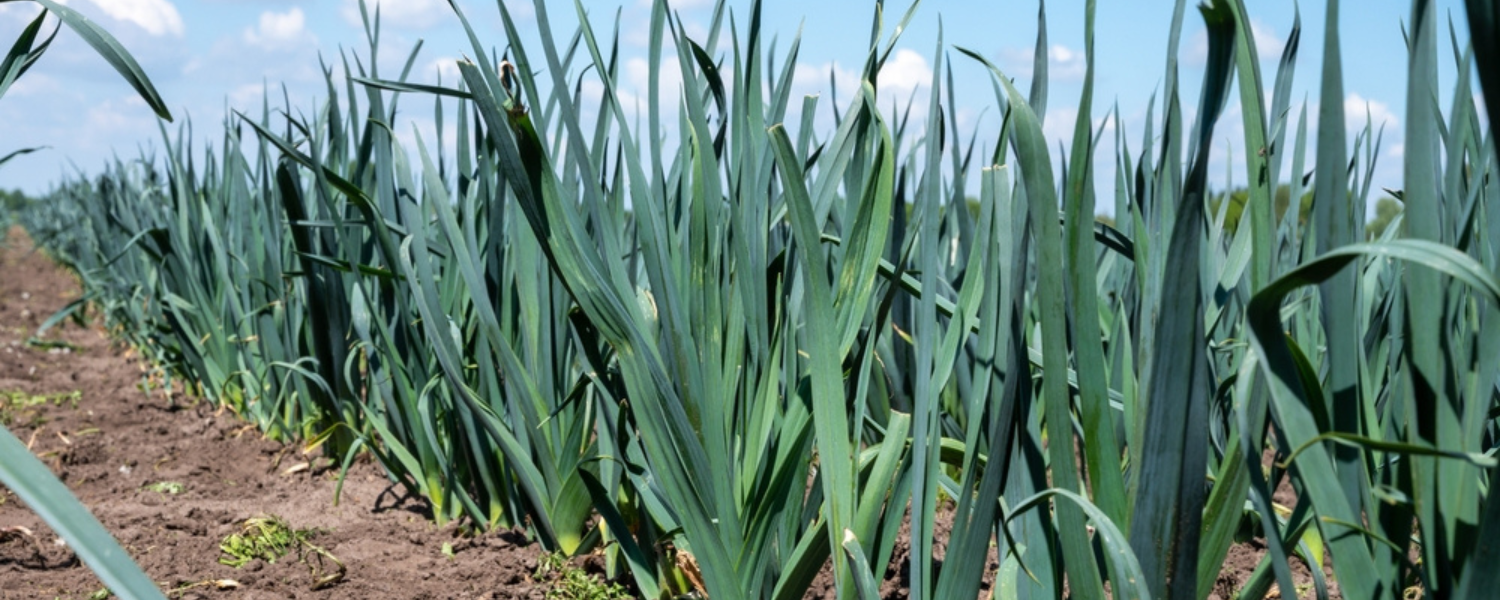
Common Pests & Diseases That Affect Leeks
Pests
Leeks can be plagued by a variety of pests, including aphids, slugs, and whiteflies. If left unchecked, these pests can cause significant damage to leek plants. Aphids feed on plant sap, weakening the plant and causing leaves to curl and discolor. Slugs feast on leek leaves, leaving behind telltale holes.
Whiteflies suck the sap from leek plants and excrete a sticky substance that can promote the growth of sooty mold. While many of these pests can be controlled with insecticidal sprays, the best defense against leeks is prevention.
To reduce the risk of infestation, start with healthy plants and practice good garden hygiene, such as removing debris and weeds where pests can hide. With a little effort, you can enjoy a bountiful harvest of healthy leeks.
Plant Disease
Leek plants are susceptible to a variety of diseases, including powdery mildew, rust, and scab. Powdery mildew is a fungal disease that results in white or gray powdery spots on the leaves. Rust is another fungal disease that causes orange or red spots on the leaves.
Scab is caused by a bacteria known as Pseudomonas syringae, and results in brown or black lesions on the leaves. Leek plants infected with any of these diseases will be less productive and may eventually die. Therefore, it is important to take steps to prevent these diseases from taking hold.
One way to do this is to plant leeks in well-drained soil and choose a variety of that is resistant to the diseases that are common in your area. In addition, you should avoid overhead watering, as this can increase the chances of fungal diseases taking hold. By taking these precautions, you can help ensure that your leek plants stay healthy and productive.
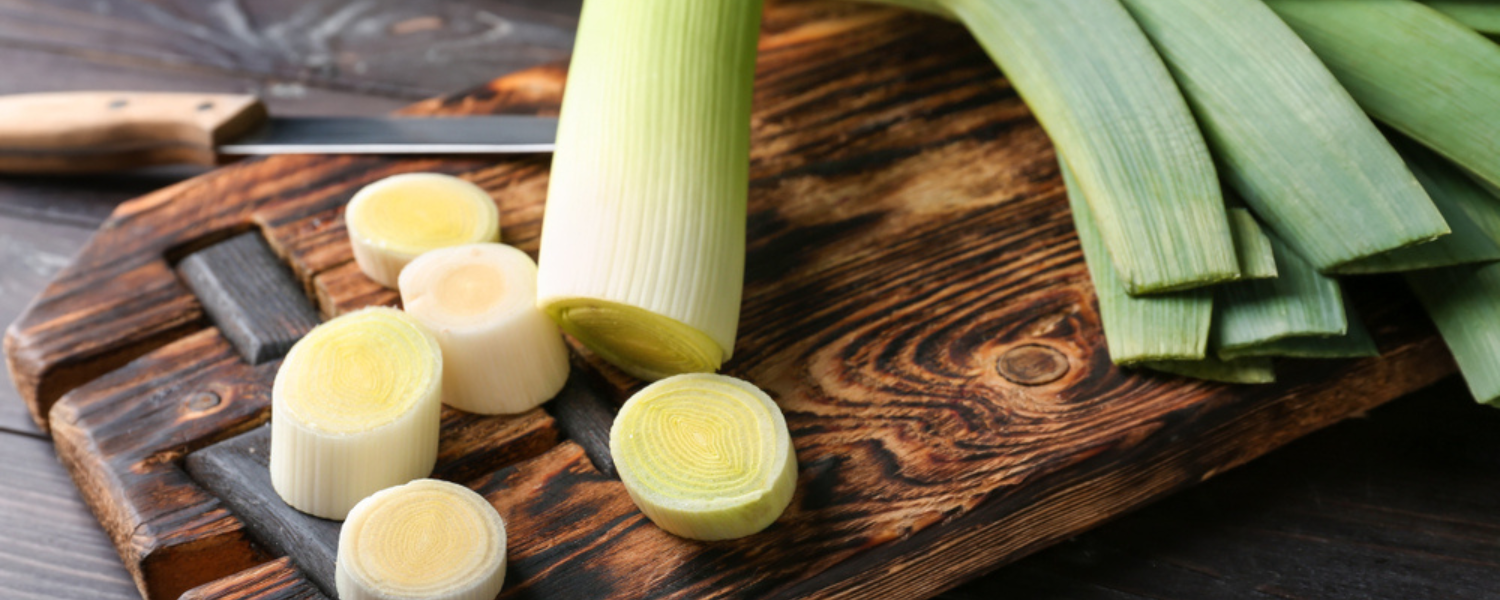
Review: How To Grow Leeks
Leeks are a delicious and versatile ingredient that can be used in soups, stews, and salads. They are also easy to grow, and with a little care, you can enjoy a bountiful crop of leeks in your own backyard. When planting leeks, it is important to choose a sunny spot with well-drained soil.
Leeks should be planted in the spring, about six weeks before the last frost. To plant leeks, dig a trench about eight inches deep and six inches wide. Space the leek plants eight inches apart, and then fill in the trench with soil. Water the plants well, and be sure to keep them evenly moist throughout the growing season.
Harvesting leeks is simple - just pull them out of the ground when they reach the desired size. With a little patience and care, you can enjoy fresh leeks from your own garden all season long!

